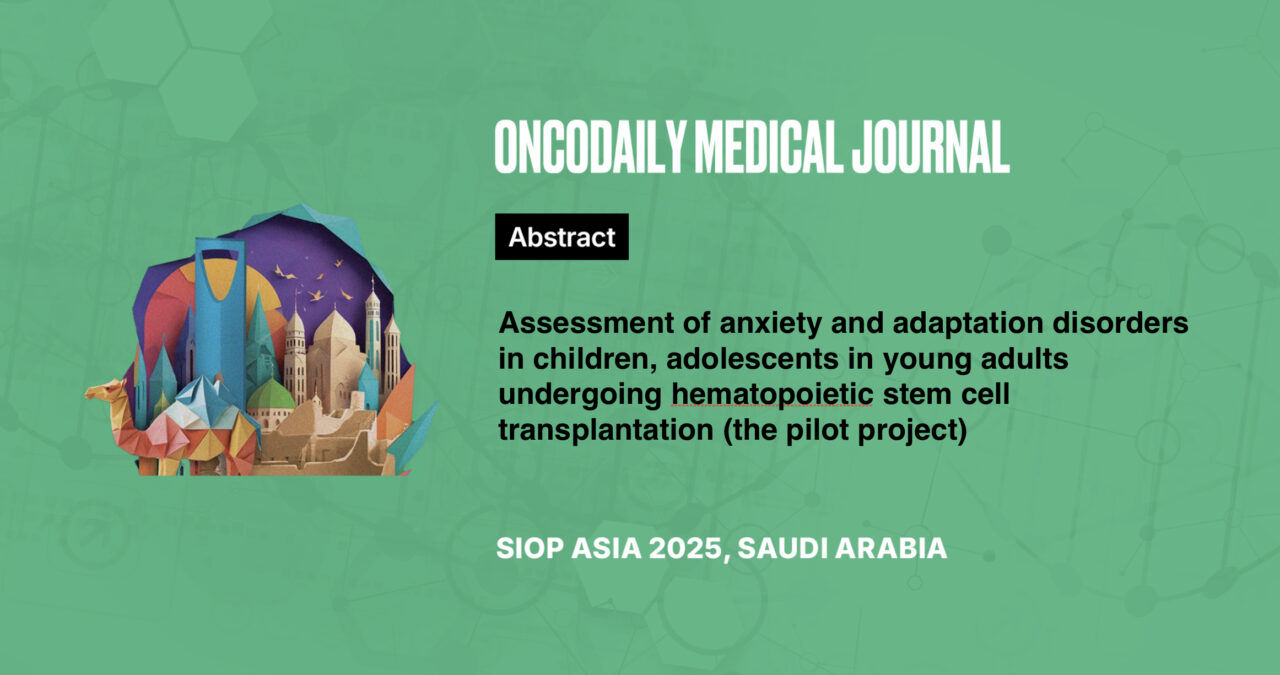Assessment of anxiety and adaptation disorders in children, adolescents in young adults undergoing hematopoietic stem cell transplantation (the pilot project)
Abstract
Introduction: The main aim of the project is to reduce the incidence of anxiety and adaptation disorders in patients undergoing hematopoietic stem cell transplantation (HSCT) by increasing the sanogenic and adaptation potential resilience and developing a new method of medical prevention.
Methodology: The project is being implemented by specialists of the Republican Scientific and Practical Center for Mental Health based at the Transplantation Department of the Belarusian Research Center for Pediatric Oncology, Hematology, and Immunology, using psychopathological, clinical-biographical, experimental, psychological, and statistical research.
Results: The study’s inclusion criteria are age 3 to 35, indications for transplantation, and informed consent. Exclusion criteria are refusal to participate in the survey, a psychiatric illness or an infectious process in the acute phase, and age under 3. In total, 22 patients took part in the pilot project in 2024. For convenience, they were divided into three age groups: 3-7, 8-17, and 18-35. The motives for recovery and individual psychological parameters (stress resistance, resilience, coping strategies, quality of life indicators, pain intensity assessment) were studied, and the relationships between them were assessed.
Targets for preventive action to increase sanogenic and adaptive potential were identified. A bibliotherapy program, a bibliotherapy diary, a filmography program, and a filmography diary for patients and their parents were developed. Testing of the bibliotherapy program and bibliotherapy diary, as well as the filmography program and the filmography diary, has begun.
Conclusion: Research into the quality of life in children after HSCT is a relevant topic, as this procedure significantly impacts their physical, psychological, and social well-being. Increasing the sanogenic potential leads to implementing constructive adaptation mechanisms and active involvement of personal resources. It contributes to the formation of the psychological health of patients undergoing the HSCT procedure.





